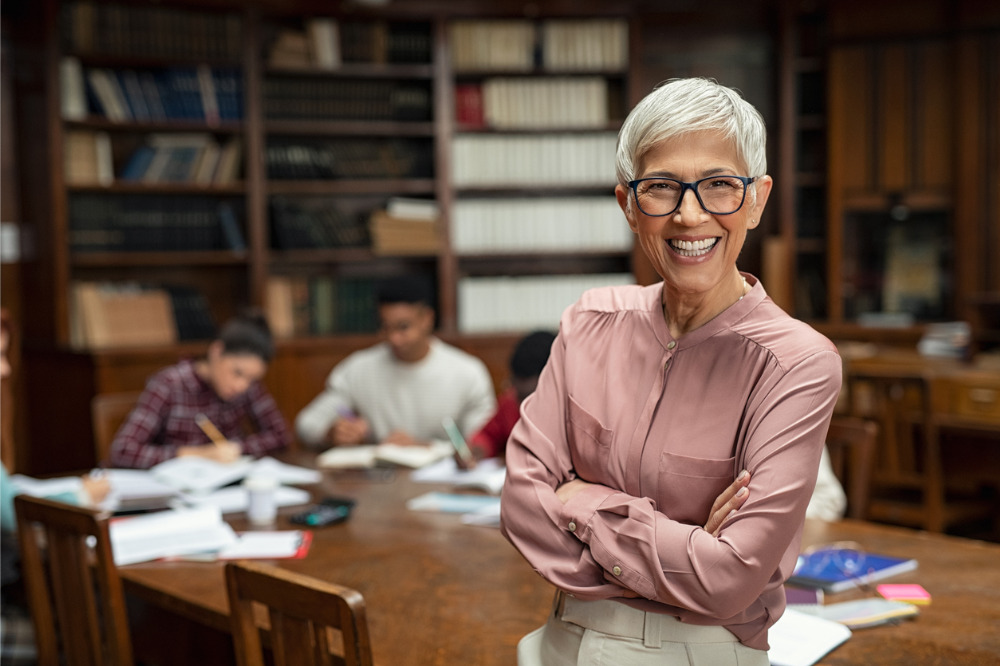
In January, Deborah Barker made history as the first female principal of St Kevin’s College, an all-boys school located in Melbourne, breaking a 102-year tradition of male headmasters.
Indeed, the change at the top of the College was a breath of fresh air, following a year of controversy at the school, as it anticipated a year of new beginnings.
While Barker’s appointment was certainly a big change at the school, it also marked a special milestone for all-boys schools more broadly. In stepping into her new role, Barker became the only female principal of all-boys school in Australia.
Men, on the other hand, can be found at the helm of more than a dozen all-girls schools in Australia.
While there is certainly no shortage of women teachers in the broader independent school sector, the picture looks markedly different when it comes to school leadership.
According to data on the gender of AHISA’s current general members, 60% of private school heads are male while just 39% are female.
A quick look at the contributing factors to this show that the gender imbalance in school leadership goes well beyond a school’s hiring decisions alone.
There are a number of barriers that can present themselves during the career of a female teacher who aspires to one day be principal.
A notable one is motherhood and other caring responsibilities, which can be difficult to juggle with the massive workload associated with becoming a principal.
Loren Bridge, executive officer of the Alliance of Girls' Schools Australasia, said another barrier is gender norms, which traditionally privilege men as leaders.
“It's no different in schools where the governing bodies of many schools remain dominated by males, so when it comes to selecting a new head — like appoints like,” Bridge told The Educator.
“Schools, like all workplaces, benefit from diversity — gender and cultural — in their leadership teams, governing bodies and teaching staff”.
Bridge said having both male and female teachers and senior leadership teams — regardless of whether a school is single-sex or co-educational — provides valuable role models for all students, especially when Australia's multicultural diversity is also represented.
“By reflecting Australian society, the staff of schools, from the most junior teacher through to the principal, can create the atmosphere of genuine respect for gender, race and culture that is so desperately needed to drive inclusiveness and societal change”.
Greg Whitby, executive director of the Catholic Education Diocese of Parramatta (CEDP), noted the gender disparity in Catholic school leadership, pointing out that as of 2021, 56% of CEDP principals are female.
"I’m ambitious that this figure will grow as our assistant principals, who make up 62% of their cohort, rise to principalship in future. Yet CEDP’s female workforce is just under 80%," Whitby told The Educator.
"This is why we need to do better".
Expressing his respect and gratitude for the women leading schools, as well as female leaders in the broader community, Whitby highlighted the need for greater reflection on the issue of gender disparity in principalship.
"As we continue our broader national discussion about the unjust treatment of women, including in the workforce, it’s also important to reflect on the representation of women in leadership roles in education," he said.
"This is and will continue to be a significant consideration in my decision-making about sharing leadership and other opportunities".


